
As a huge fan of survival games, I’ve noticed that managing your inventory – what you carry, where you store things, and what you have to leave behind – is often the most interesting part. Some games really lean into this, making it a core challenge. I’m talking about games with limited backpack space, strict weight limits, or even shared storage where you have to cooperate with other players. These games force you to think carefully about every item, every kilogram, and every container. I’ve put together a list of my favorites where inventory management isn’t just a detail, it shapes how you play, how you fight, and whether you even survive the night. I’ll explain how each game’s system works and also give a shout-out to the developers who made those tough choices for us!
‘Resident Evil 4’ (2005)

Instead of a traditional inventory, the game uses a unique tile-based case system. You have to carefully arrange your weapons, ammo, and healing items like puzzle pieces, as space is limited. Larger cases offer more options, but every item takes up valuable room, forcing you to make tough choices before and during combat. You can also buy upgrades and attachments from merchants, but these often come with tradeoffs – more power might mean taking up more space. This clever system, created by Capcom, was highly influential and has been copied in many games since.
‘Resident Evil Village’ (2021)

The game goes back to a limited inventory system where you’re constantly managing weapon size, ammunition, and crafting materials. A new weapon customization system means adding attachments can make your inventory even tighter, forcing you to reorganize on the fly. You’ll be constantly gathering supplies and crafting in the field, making careful inventory management crucial. Capcom, the game’s developer and publisher, has perfected this modern take on its classic inventory puzzle.
‘Resident Evil’ (1996)

In the beginning, you have limited inventory space and have to use storage boxes in safe areas to manage items. This makes planning your route challenging, as you constantly consider what to carry and when to return to stash things. Limited ammo adds to the tension, and making trips back to base for supplies becomes a crucial part of the scary experience. Capcom originally created and released this core survival horror design.
‘Diablo II’ (2000)

Okay, so the inventory in this game is brutal. It’s not just about how much stuff you can carry, it’s about what you carry. Potions, scrolls, the stuff you need to teleport out of a dungeon – it all fights for space with the awesome loot you’re finding. And forget about just throwing everything in a bag – some gear takes up more room than others, so you’re constantly making tough choices when you’re stressed and trying to survive. There’s also this thing called the Horadric Cube where you can condense items, but even that takes up a slot. Honestly, Blizzard North and Blizzard Entertainment really nailed how much managing your limited space adds to the tension and reward of finding good loot – it pretty much defined the whole loot-focused ARPG genre!
‘Path of Exile’ (2013)

As a player, one of the biggest things I deal with in every run is managing my inventory. It fills up fast with cool stuff – rare items, currency, and fragments – and I’m constantly having to decide what to keep and what to stash. Loot filters help a ton, but sometimes I’m still stuck making tough calls during a mission when I’m trying to find the perfect socketed item or a specific item base. Thankfully, the game has a really useful stash system where you can organize everything between play sessions. It’s clear the developers, Grinding Gear Games, really thought about how inventory and item management fit into the whole endgame experience – it’s a core part of the loop!
‘Escape from Tarkov’ (2017)
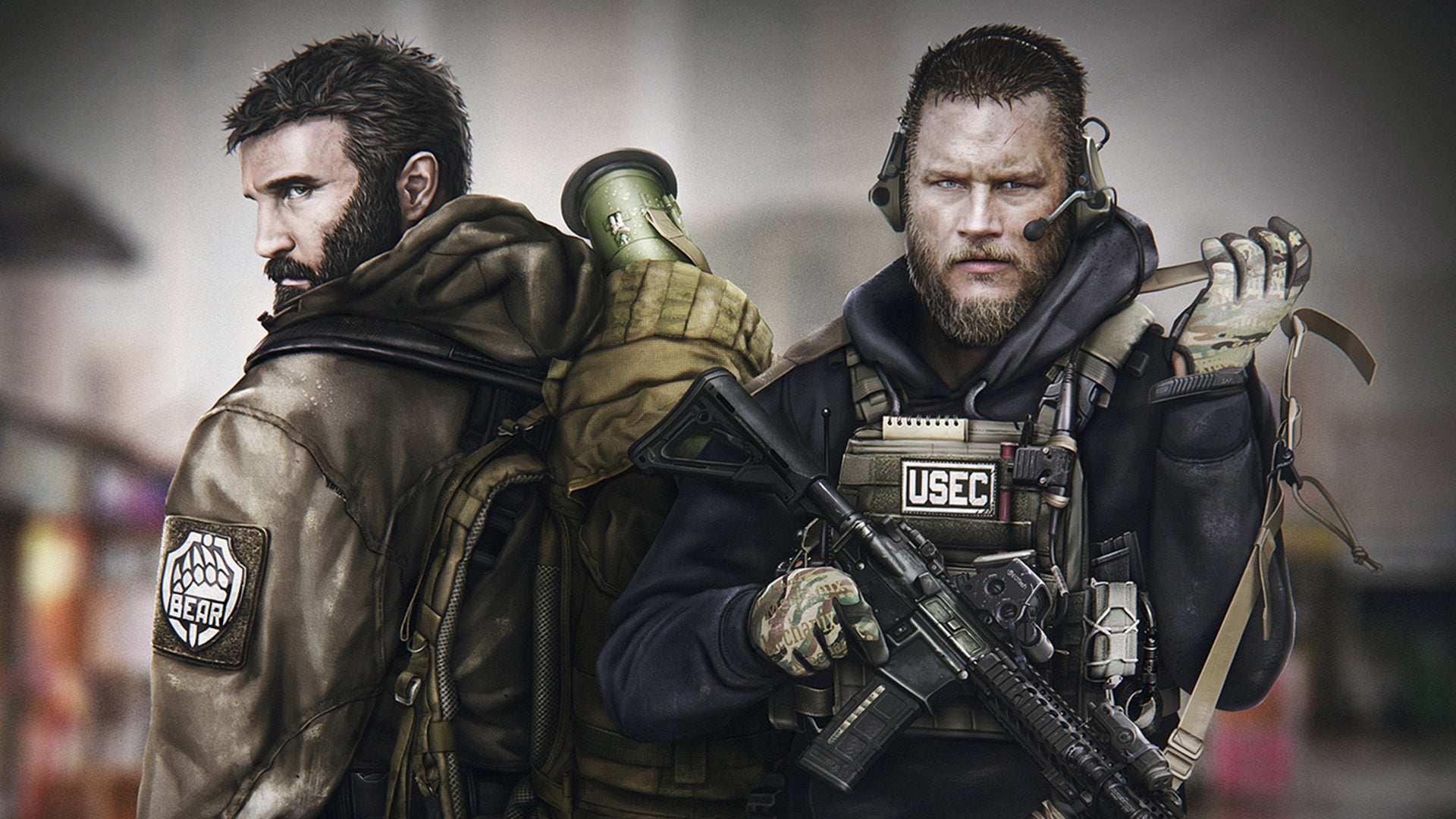
Managing your gear is crucial in this game. You have limited, layered storage – your secure container, backpack, rig, and pockets – and you’ll lose everything if you’re defeated in combat. Your equipment, like rigs and armor, has slots that affect how you carry ammunition and medical supplies, forcing you to quickly organize your inventory even during firefights. Beyond raids, you can expand your storage and logistics through hideout upgrades and the in-game flea market. Battlestate Games created this intense extraction shooter where your inventory directly impacts your chances of survival.
‘DayZ’ (2013)
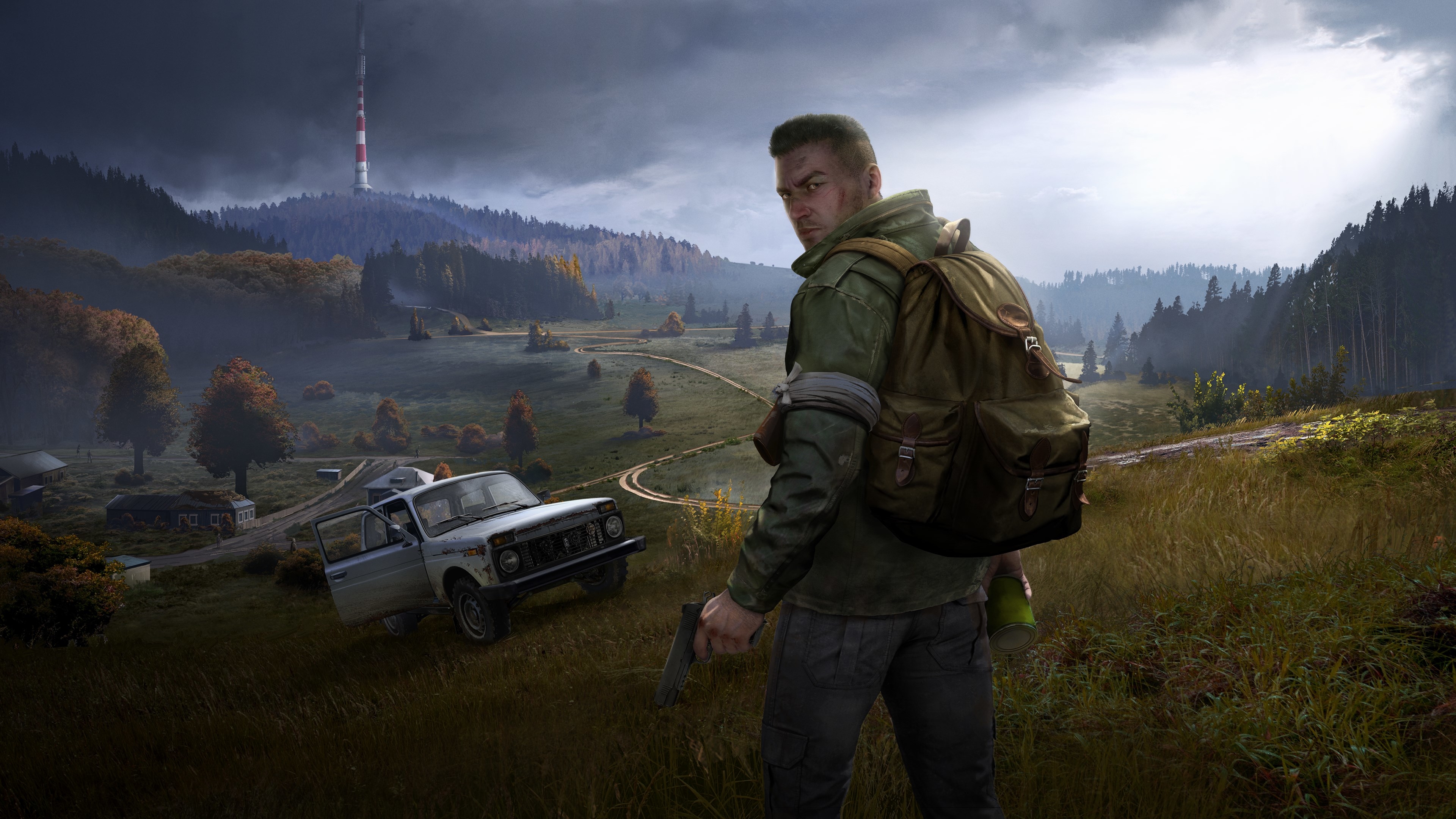
Clothing like pants, jackets, and vests, along with backpacks, all have limited space for carrying items. The condition and weight of what you carry impacts how quickly you get tired and how easily you can move. Keeping track of your blood, food, temperature, and medical supplies means you’re constantly re-evaluating what’s most important to carry. Using containers within containers, such as ammo boxes and protective cases, gives you more storage, but it takes extra time and effort to stay organized. This focus on gear and logistics is central to the game, and is developed and published by Bohemia Interactive.
‘S.T.A.L.K.E.R.: Shadow of Chernobyl’ (2007)

The game limits how fast you can move and sprint based on how much you’re carrying, and finding valuable items can become a burden if you take on too much. Your weapons, healing supplies, and protection from radiation all add weight, forcing you to carefully plan what to bring for each area. You can use traders and hidden storage to leave supplies around the map, so you don’t have to run back to base as often. Created by GSC Game World and published by THQ, the game makes you feel the weight of your choices and how it impacts your exploration.
‘The Long Dark’ (2014)
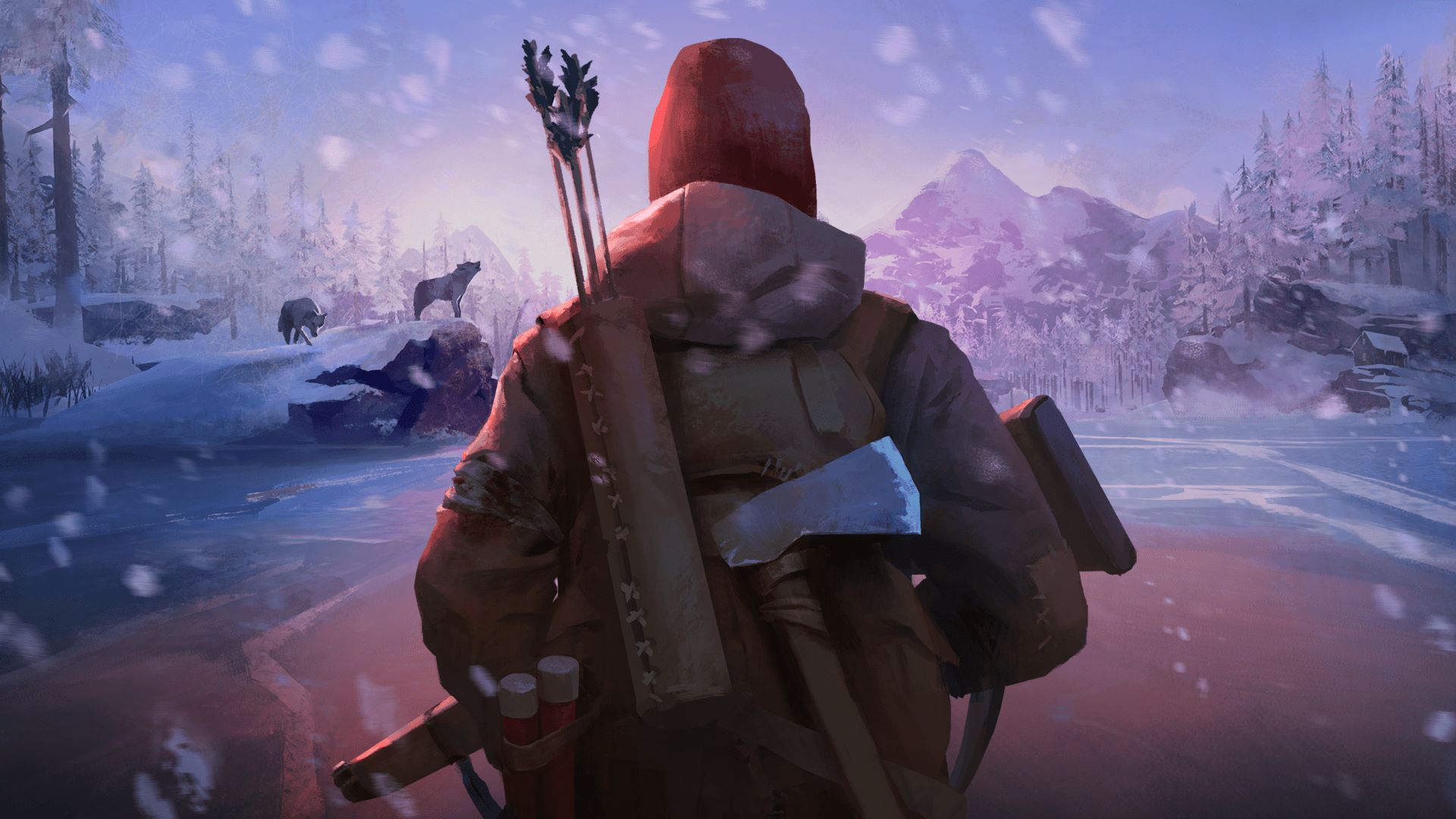
In a survival situation, every ounce counts. Cold weather means packing extra gear like fuel and clothing. Food spoils, water weighs you down, and injuries demand medical supplies, all of which take up space and energy. Strategically leaving supplies at safe locations is crucial for weathering storms and avoiding dangers like wolves. This detailed survival simulation is created and published by Hinterland Studio.
‘Subnautica’ (2018)

Your time underwater is limited by your inventory space – you’ll need to return to your base or vehicle to deposit collected resources. As you progress, you’ll use a combination of personal storage, base lockers, and vehicle cargo to manage everything. Gathering resources is key to crafting, but your inventory fills up fast, so planning your trips around different areas is important. The developers, Unknown Worlds Entertainment, designed this system to naturally control the pace of exploration.
‘No Man’s Sky’ (2016)
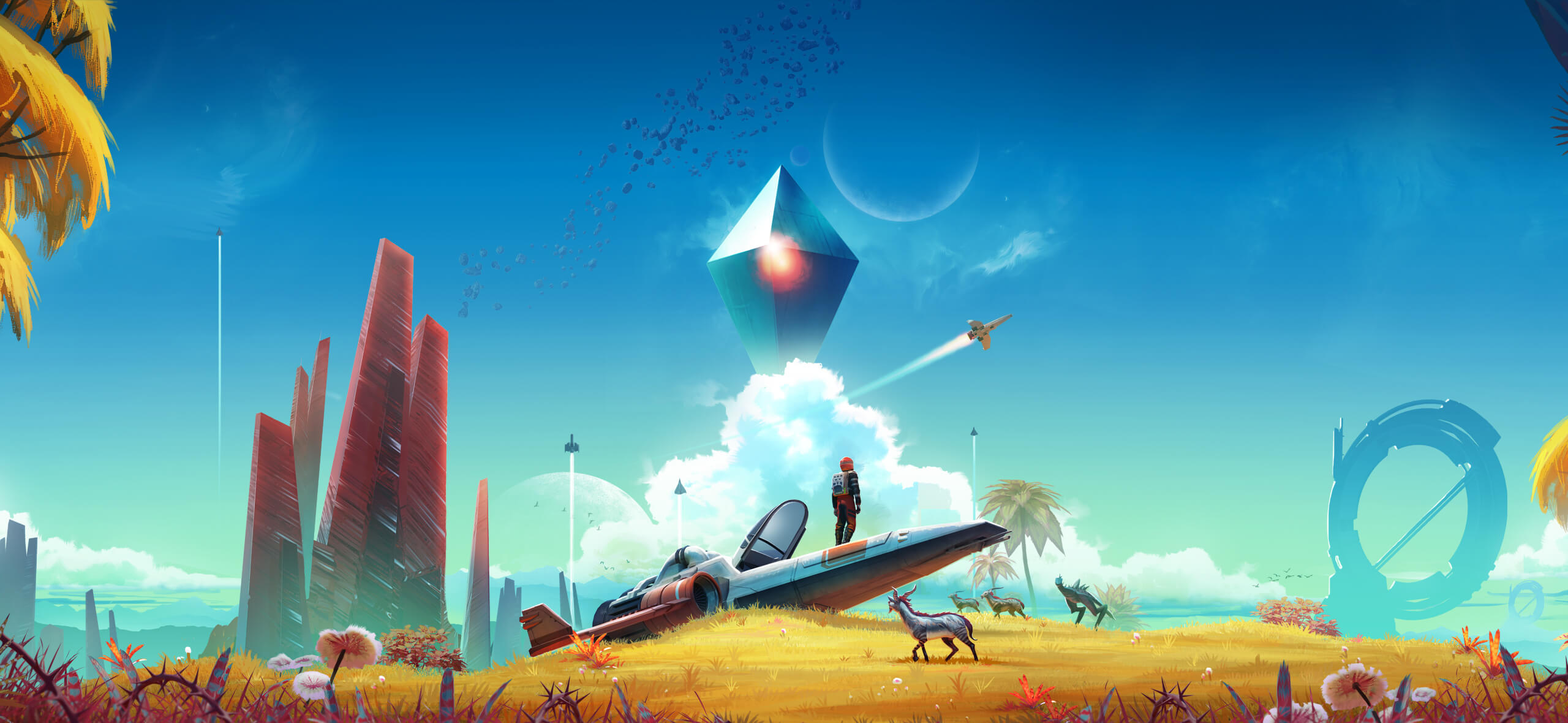
Your spacesuit, spaceship, and freighter all have their own separate storage. Each has sections for technology and items, and the amount you can carry of each item varies. Improving your gear and adding modules to your multi-tool takes up space, but gives you more abilities. Successful trading in the galaxy depends on managing valuable goods and crafting materials across all your storage. The game developers, Hello Games, designed inventory upgrades to be a key part of how you progress.
‘Green Hell’ (2019)
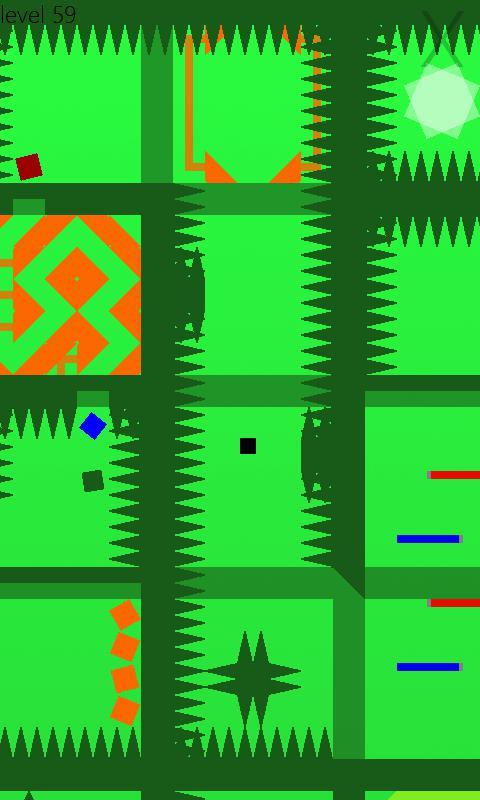
Staying alive means carefully managing your backpack. It features a crafting space and lets you easily check your supplies. Food goes bad, bandages don’t stack well, and tools wear out, so you’ll need to rearrange things often. How much you carry and what items you have affect how quickly you get tired and how easily you can move through thick jungle. This challenging and realistic system is created by Creepy Jar.
‘Project Zomboid’ (2013)

Everything you carry – from cupboards and car trunks to tool belts – has limits on how much it can hold and how heavy it can be. Skills like strength increase your carrying capacity. When building a long-term base, you’ll need to balance essential supplies like food and medical items with tools for cooking and crafting. Vehicles provide extra, mobile storage that can be crucial if you need to evacuate. The developers, The Indie Stone, are focusing on making logistics a key part of the late-game experience.
‘The Forest’ (2018)
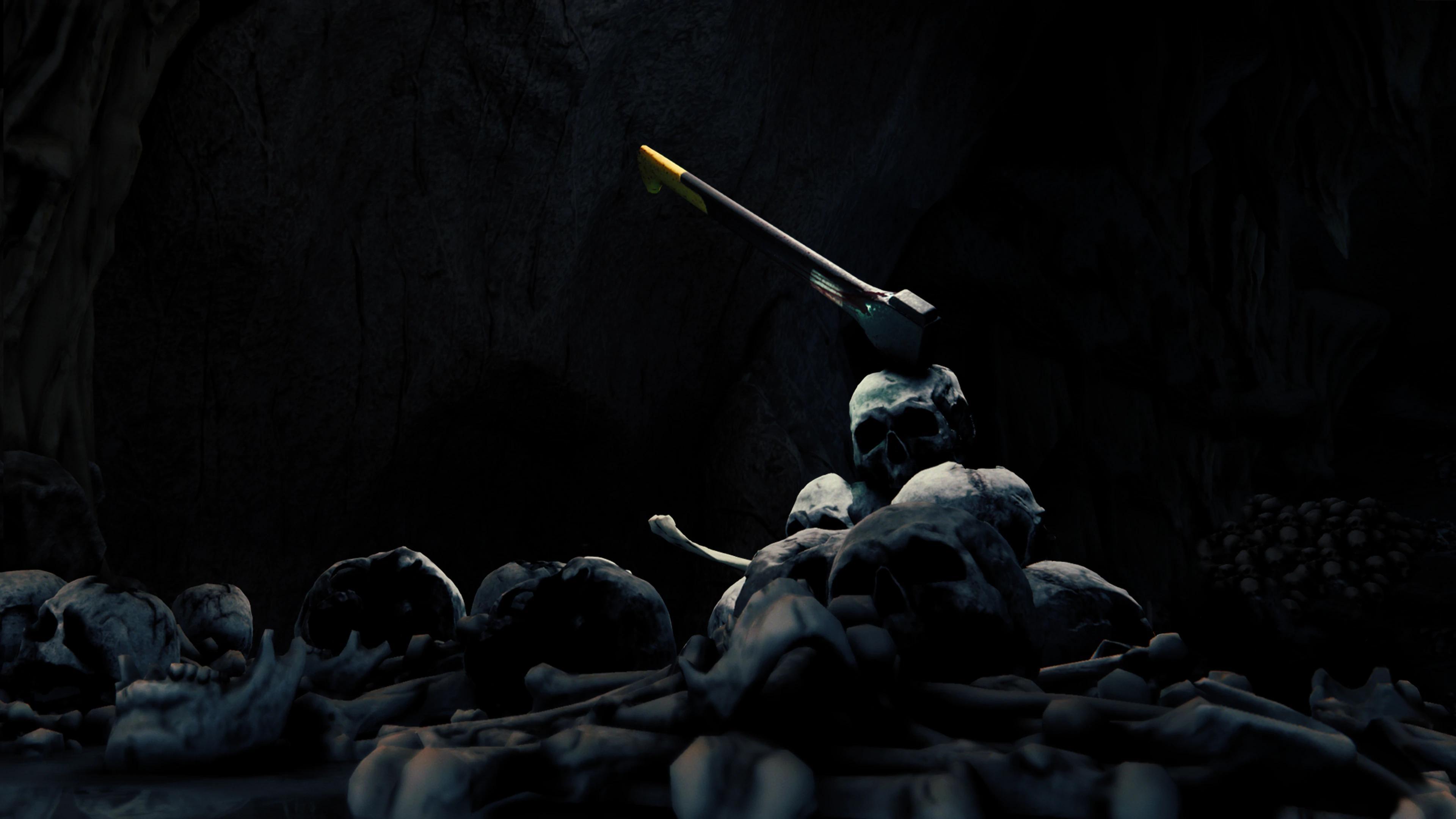
Your survival mat helps you organize what you’re making. However, you can only carry a limited amount of medicine, food, and arrows. Gathering animal hides and bones fuels your building plans, but you’ll quickly need to build storage to hold everything. When exploring caves, you’ll have to carefully choose what to bring – balancing light, weapons, and climbing equipment. The developers, Endnight Games, designed the game so your inventory directly impacts how prepared you are for exploration.
‘Don’t Starve’ (2013)

At the start of the game, you have limited space in your hotbar and backpack. As you build a base, you gain access to specialized storage for food, resources, and research. The changing seasons require you to switch between warm clothes, healing items, and farming tools. Because items can spoil and your character’s sanity matters, you’ll constantly need to decide what to carry – things like mushrooms, prepared food, and useful trinkets. This challenging survival experience is created by Klei Entertainment.
‘SCUM’ (2018)
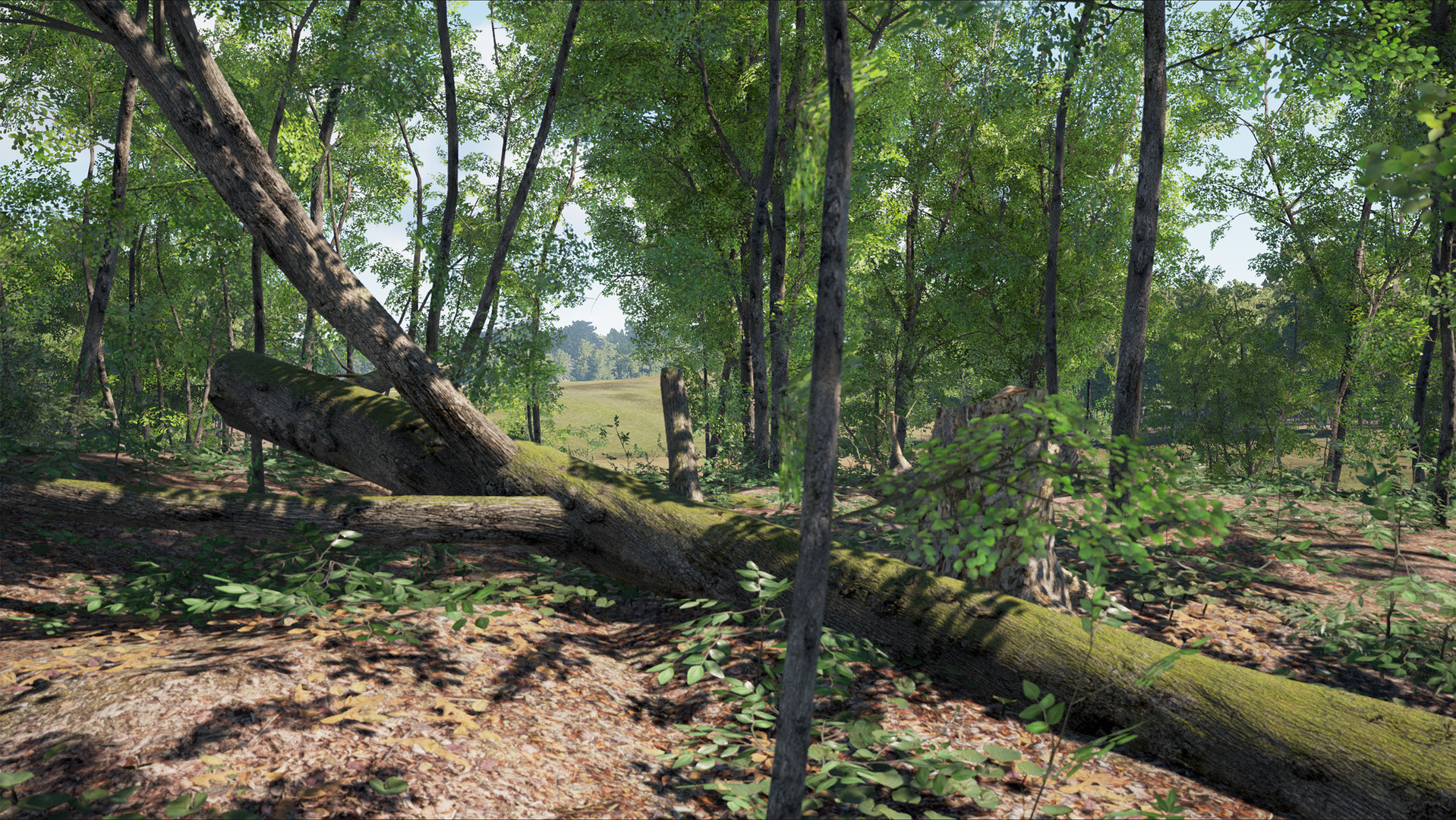
This game features a unique inventory system where your backpack space is limited and directly tied to your character’s needs. You’ll manage not just ammo and armor, but also food tailored to your dietary requirements, all competing for the same slots. Clothing offers extra storage with varying sizes and speeds of access. The game expands on traditional logistics by incorporating base raiding and vehicle storage into player-versus-player combat and faction warfare. Created by Gamepires, with assistance from Croteam and published by Devolver Digital, it’s a challenging and detailed inventory-focused sandbox experience.
‘7 Days to Die’ (2013)
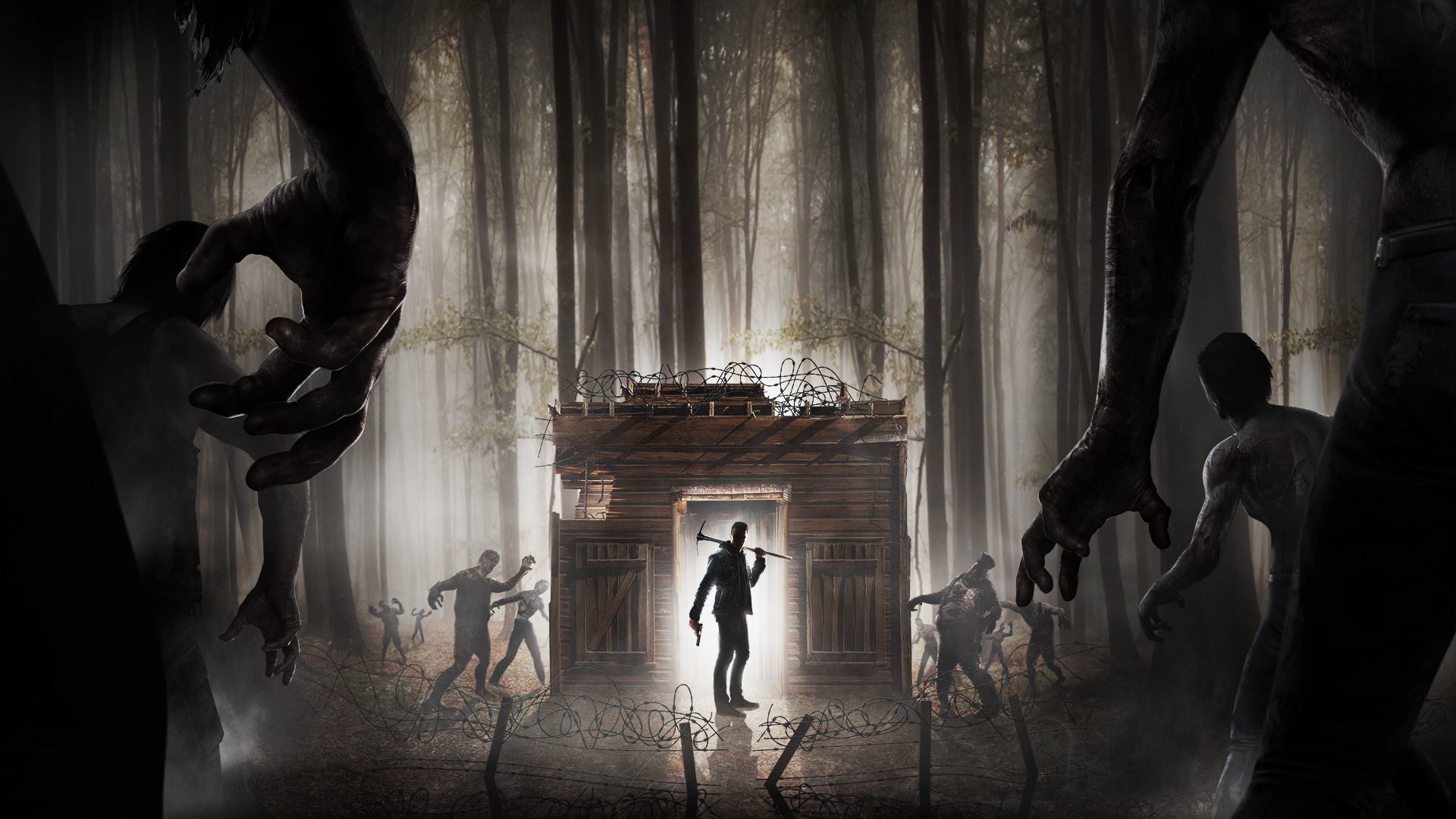
Early in the game, limited inventory space in your hotbar and backpack forces you to constantly manage your stash and sort items, particularly before you get access to upgrades like mods and vehicles. While items don’t weigh you down, your gear does wear out, meaning you’ll need to carry repair kits and extra tools, which takes up valuable space. During horde nights, having chests set up beforehand is crucial for quickly restocking ammunition and medical supplies when things get intense. The developers, The Fun Pimps, designed the game with storage in mind, making it something players need to plan for throughout the week.
‘This War of Mine’ (2014)
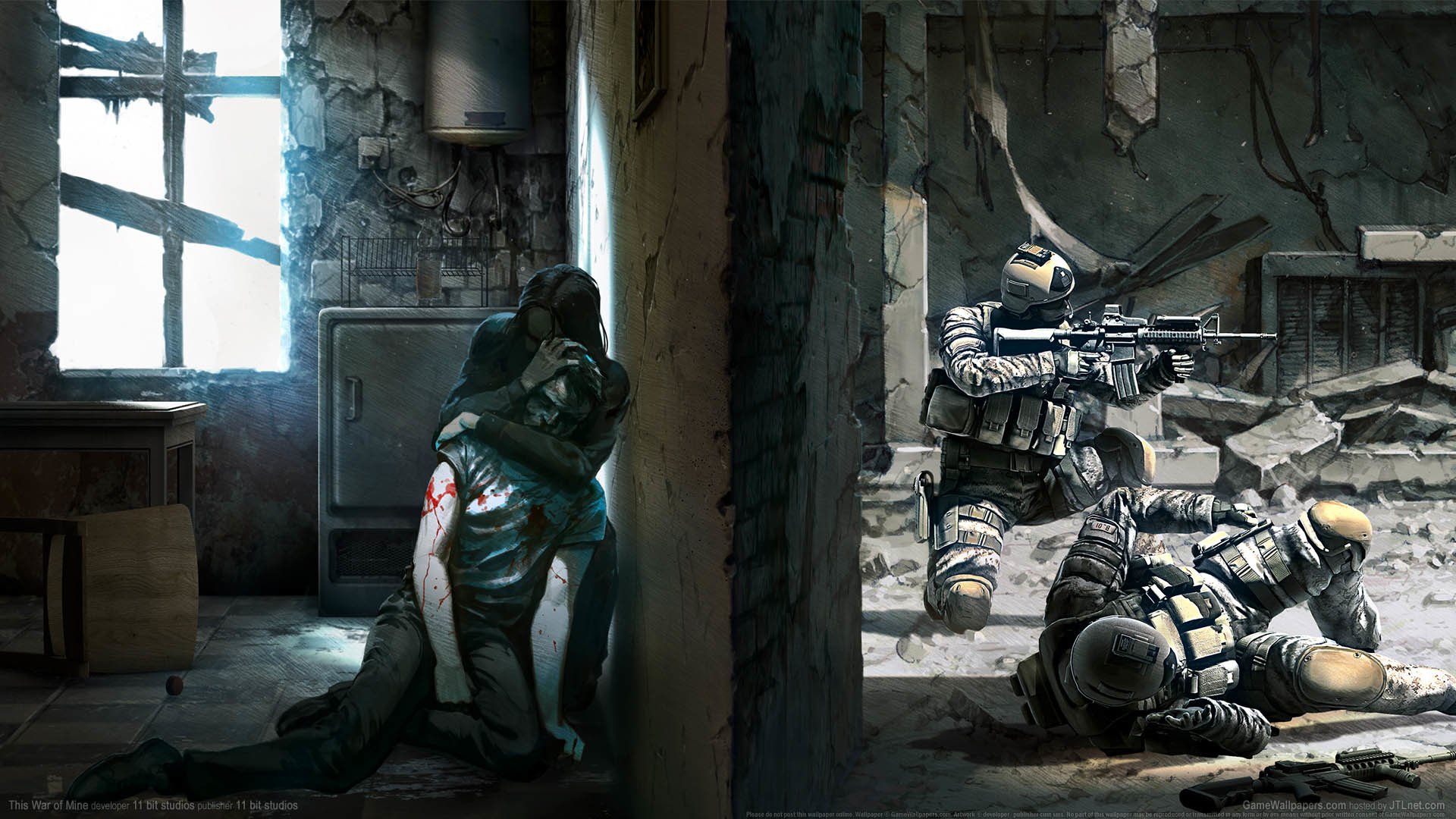
In this game, each character can only carry a limited number of items, making every trip to scavenge ruined buildings a careful balancing act. You’ll need to decide what tools to bring for faster gathering, and what to leave behind to make room for essential supplies like food, medicine, and crafting components. Improving your base’s storage and crafting abilities also changes what items are most valuable to collect. This unique survival experience, focused on careful planning and resource management, is developed and published by 11 bit studios.
‘Raft’ (2018)

When you first start, you won’t have much space, so quickly creating storage and sorting items is key for longer trips. You’ll need dedicated containers for things like ores, wood, and food because of crafting stations like smelters, cooking pots, and research benches. As you progress, exploring islands and story areas will be much easier if you bring the right tools and equipment. Developed by Redbeet Interactive and published by Axolot Games, this game is all about sailing the seas and carefully managing your supplies.
‘Astroneer’ (2019)

This game features a backpack with dedicated slots and easy-to-use attachment points, making all your items – resources, tools, and power sources – feel physically present. Managing your supplies becomes a spatial challenge as you expand your base and storage across different planets. You can even create mobile mining operations by loading storage onto vehicles and tractors. The game is developed by System Era Softworks, who focus on creating a tangible and modular inventory system.
‘Icarus’ (2021)
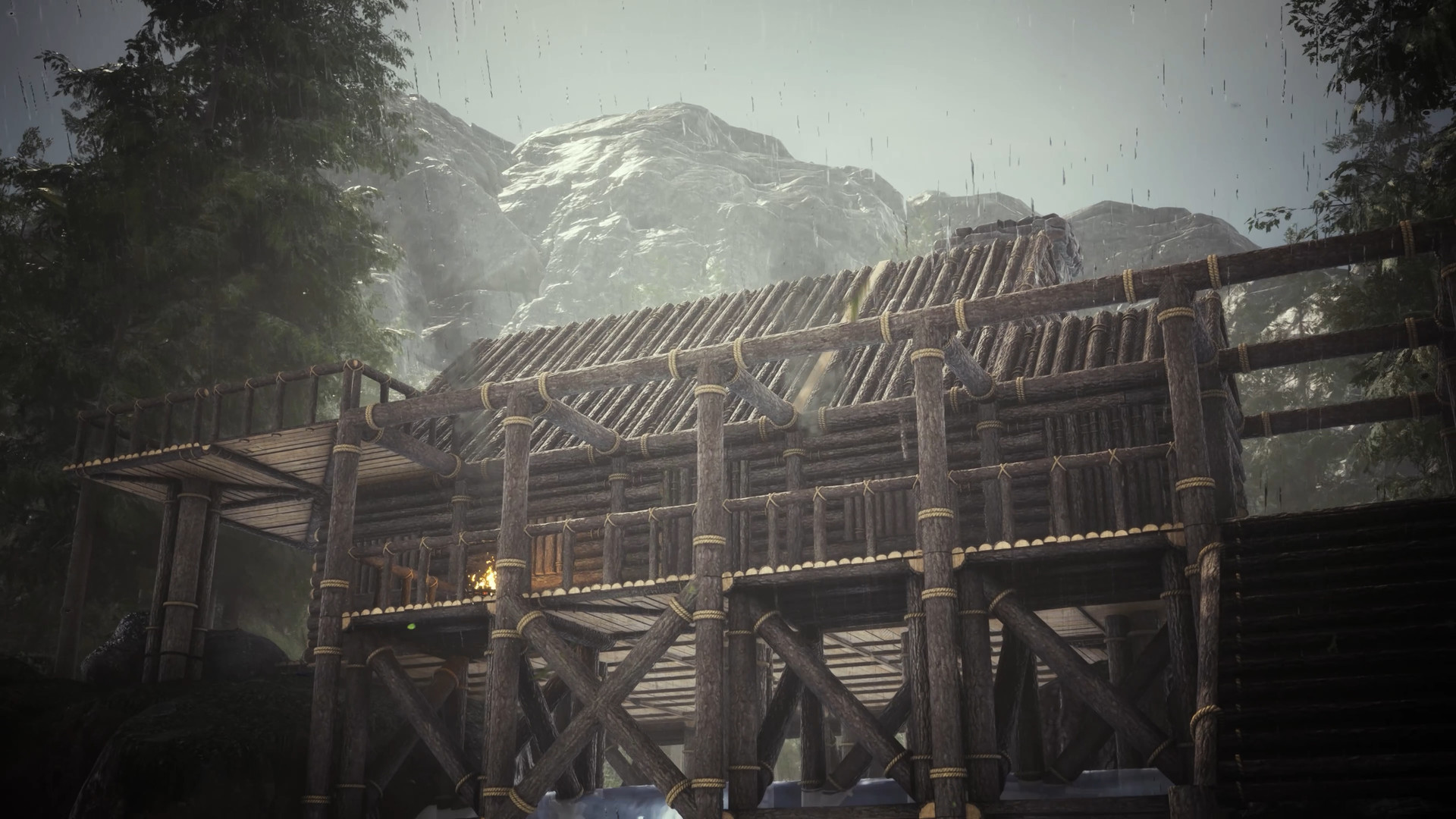
As a player, I’ve learned that every trip to a new location really counts! Whatever you build, what you bring with you, and even what you stash away in your orbital storage all have a lasting impact on your progress. You’ve really got to think about what you pack because of weight limits and the dangers of storms – choosing between tools, shelter, and enough oxygen is a constant challenge. It’s tempting to bring everything from the station workshop, but those items take up valuable space, though they do help you survive the toughest environments. RocketWerkz, the team behind the game, has cleverly built this whole system of managing your inventory into how the game sessions work, making every choice feel important.
‘V Rising’ (2022)

In this vampire RPG, your power comes from the gear you create. However, how much you can carry and the layout of your castle determine how quickly you become stronger. Think of servants, workshops, and castle rooms as specialized storage – organizing them well will help materials flow smoothly. Successfully completing raids and gathering resources depends on efficiently packing tools and transport coffins. Stunlock Studios created and published this game, combining the character builds of action RPGs with the logistical challenges of base building.
‘Valheim’ (2021)
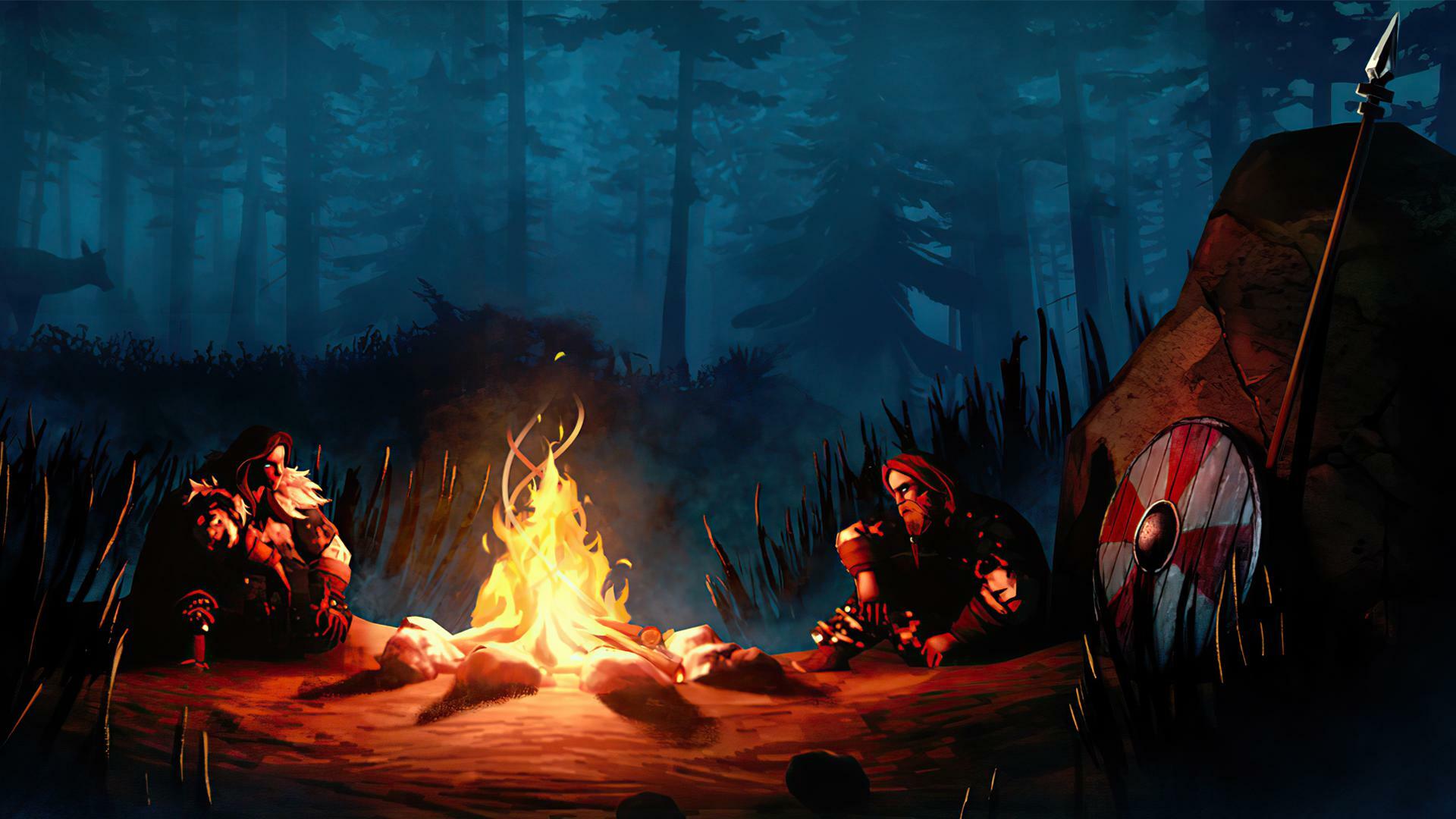
Because carrying capacity and inventory space are limited, players rely on carts and ships to transport resources like ore and wood across different areas. Metal items can’t be transported through portals, so players must establish trade routes and outposts. Improving items like mead, food, and armor means players are constantly organizing their storage rooms. Developed by Iron Gate Studio and published by Coffee Stain Publishing, the game transforms inventory management into a complex Viking supply system.
‘Terraria’ (2011)

At the beginning of the game, you’ll quickly find yourself managing lots of different items in small quantities, encouraging you to set up efficient sorting and label your storage chests. Special containers like piggy banks and safes let you keep items safe even when you die, which affects how you approach challenging boss fights. Later on, powerful void bags help with inventory space, but you’ll still need to stay organized. The game developers, Re-Logic, designed storage to improve as you play.
‘Minecraft’ (2011)
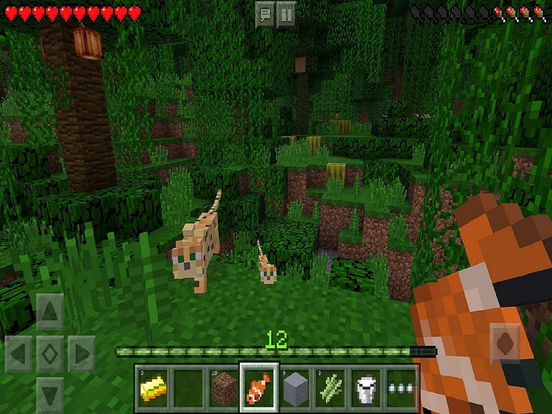
Managing your items in Minecraft can be tricky. You start with limited space – a 27-slot backpack and a small hotbar. To solve this, you’ll eventually craft shulker boxes and ender chests, which let you carry more and keep items safe even after you die. When exploring, you have to balance carrying food, tools, and building materials, and losing items upon death adds another challenge. As you progress, you can build automated storage systems with redstone farms to manage resources in large worlds. Ultimately, Mojang Studios has designed inventory management to be a core part of surviving and thriving in the game.
Share your favorite “my pack is full” moment—and the game that did it to you—in the comments!
Read More
- Fed’s Rate Stasis and Crypto’s Unseen Dance
- Blake Lively-Justin Baldoni’s Deposition Postponed to THIS Date Amid Ongoing Legal Battle, Here’s Why
- Ridley Scott Reveals He Turned Down $20 Million to Direct TERMINATOR 3
- Baby Steps tips you need to know
- Dogecoin’s Decline and the Fed’s Shadow
- Global-e Online: A Portfolio Manager’s Take on Tariffs and Triumphs
- Top 10 Coolest Things About Indiana Jones
- Northside Capital’s Great EOG Fire Sale: $6.1M Goes Poof!
- The VIX Drop: A Contrarian’s Guide to Market Myths
- WELCOME TO DERRY’s Latest Death Shatters the Losers’ Club
2025-11-20 01:46